Why Belgian vets are saying yes to objective gait analysis
Top Belgian equine veterinarians are clear: Objective gait analysis is becoming as essential as X-rays.
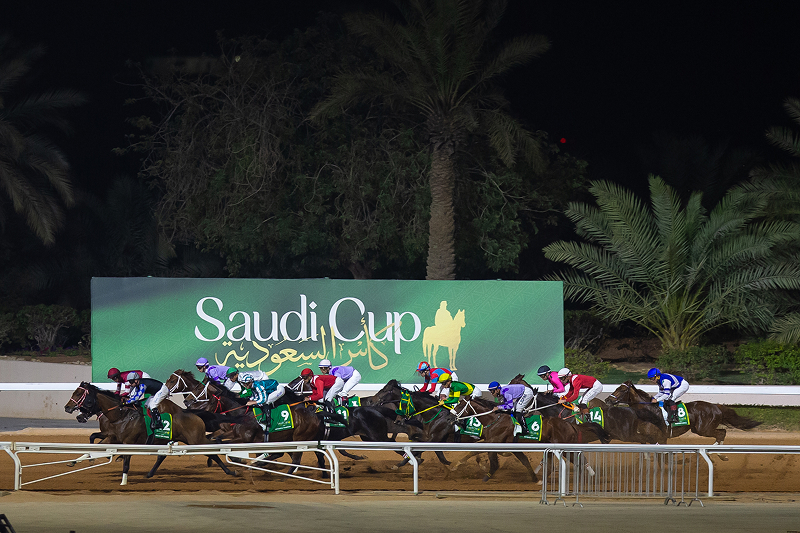
When horses travel across the world to compete, regulatory vets must strike a difficult balance: safeguarding welfare, ensuring fair competition, and accommodating diverse international practices — all under time pressure, high stakes, and limited windows for decision-making.
At the Jockey Club of Saudi Arabia, Director of Veterinary Services Toby Koenig and his team are using longitudinal gait data to bring greater clarity and consistency to that process. But he’s clear: objective data supports decision-making — it doesn’t make the decision.
The Jockey Club of Saudi Arabia, with around 4,000 horses registered in training, began introducing Sleip’s objective gait analysis system into racing assessments at the end of last year. Initially used in domestic races, the approach was scaled for the 2025 Saudi Cup — one of the world’s highest-profile international racing events.
“In the lead-up to the Saudi Cup, we were reviewing hundreds of horses,” Koenig explains. “What the system allowed us to do was gather longitudinal data. We weren’t looking at a horse on just one day. We could see patterns and follow the horses over time — and importantly, we could see consistency.”
Koenig’s team assessed roughly 200–250 domestic horses, as well as some over 100 international entrants.
Traditionally, movement assessments have relied on visual evaluation. Subtle asymmetries — or deviations from a horse’s usual pattern — can be easy to miss, especially under time pressure or when a horse is unfamiliar.
This is where gait analysis technology comes in. When asymmetry data is recorded over time, it offers a longitudinal view — not just a snapshot.
“This kind of monitoring gives us confidence,” says Koenig. “If a horse consistently presents the same way over multiple recordings, even if there is some asymmetry, we can compare and understand that pattern. We’re not just reacting to one-off changes.”
Both domestic and international horses were recorded multiple times with Sleip during the Saudi Cup preparations. Using the remote upload function, all international entrants were required to submit several recordings from their home jurisdictions before travelling.
Despite the precision of the data, Koenig emphasises that objective gait analysis is only one part of the picture.
“The app would never tell us whether a horse should race. The decision ultimately falls to us as regulatory vets — and we look at everything together: gait data, veterinary and medication history, clinical presentation. Sleip is a tool that gives us more to work with, not a tool that makes the call.”
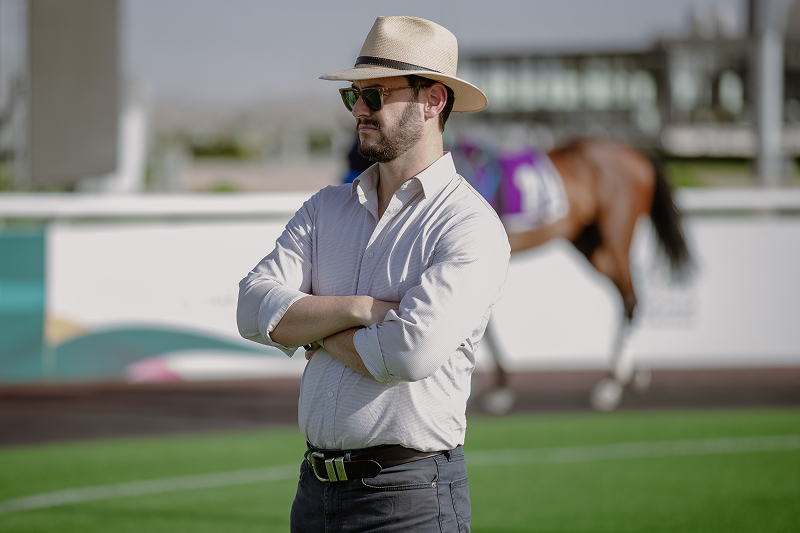
He describes one example from this year’s Saudi Cup where social media commentary raised concerns about a horse’s movement. “There was significant commentary regarding a video shared of trackwork, with people pointing to apparent hindlimb asymmetry in one of our international participants. Our serial and longitudinal assessments of the horse, aided by Sleip, gave us confidence regarding the horse’s gait over time. We knew the horse, deemed it suitable to race and it did so safely and competitively.”
This kind of confidence — based on repeatable, objective observations — can be hard to achieve in international racing, where horses may arrive with limited known history.
Horses from as far afield as Japan, Hong Kong, Dubai, Bahrain, Qatar, the UK, Ireland, and France were entered for the 2025 Saudi Cup. While not all trainers and veterinarians were familiar with the system, most adapted quickly, with support provided as needed.
"There were a few upload issues or recording angles that needed correction by the user," Koenig says. "But in the end, every horse that travelled had multiple acceptable submissions."
He sees the approach as part of a broader movement in international racing: working toward shared protocols, documentation, and ultimately shared responsibility for safeguarding horses.
The goal in racing welfare, Koenig says, isn’t primarily about preventing catastrophic injury — though that remains a priority — but about ensuring horses can compete without hidden compromise.
“If a horse has an issue that will be worsened by racing — even if it’s not career-ending — then we have a duty to intervene. It’s not just about avoiding breakdowns. It’s about giving horses the chance to perform safely and fairly, to the best of their ability.”
This mindset is part of a broader cultural shift in racing welfare: moving from reacting to visible injury toward proactively monitoring and managing potential concerns. Data helps, but only when combined with experienced decision-making.
“The human element remains critical,” Koenig says. “You can’t look at one asymmetry colour and draw a line. You have to understand the horse, the workload, the treatment records and medication history. The data helps us ask better questions — and in some cases, gives us evidence to support decisions that might otherwise be harder to communicate.”
As more jurisdictions adopt objective gait analysis, Koenig hopes to see growing alignment in how data is used and shared. Shared protocols and access to documentation will be important.
“There’s no global standard yet, but there’s a lot of common ground and significant discussion internationally to advance shared knowledge when it comes to suitability to race. We’re all trying to do the right thing — and the more tools we have to support that, the better.”
For now, longitudinal gait analysis is one more piece of the puzzle — but a piece that’s helping shift the conversation toward earlier detection, more collaborative regulation, and stronger welfare outcomes.
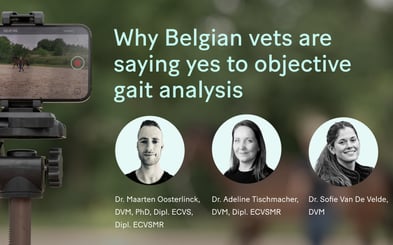
Top Belgian equine veterinarians are clear: Objective gait analysis is becoming as essential as X-rays.
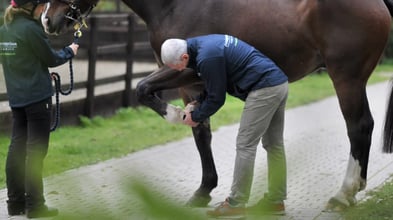
Giorgio Ricardi of Donnington Grove Equine Vets reveals how data-driven gait analysis enhances clinical decisions in complex lameness cases.
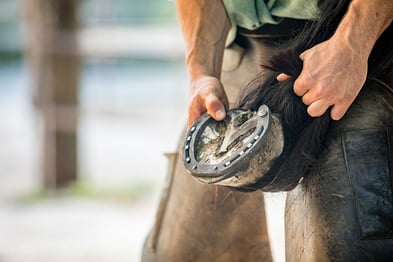
We sat down with UK Master Farrier Marc Jerram, who blends traditional skill with modern gait analysis to spot issues early and collaborate with vets on targeted solutions.